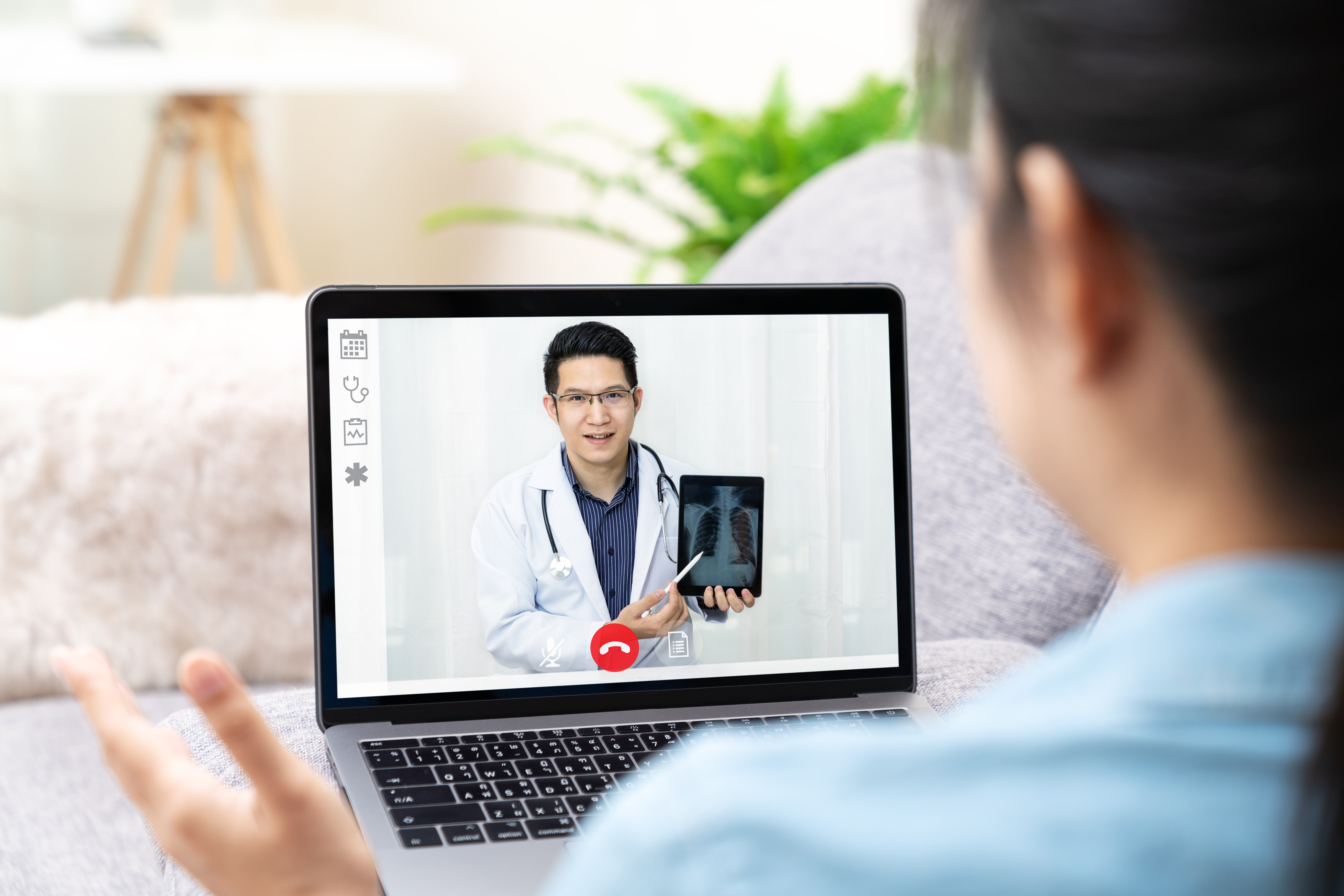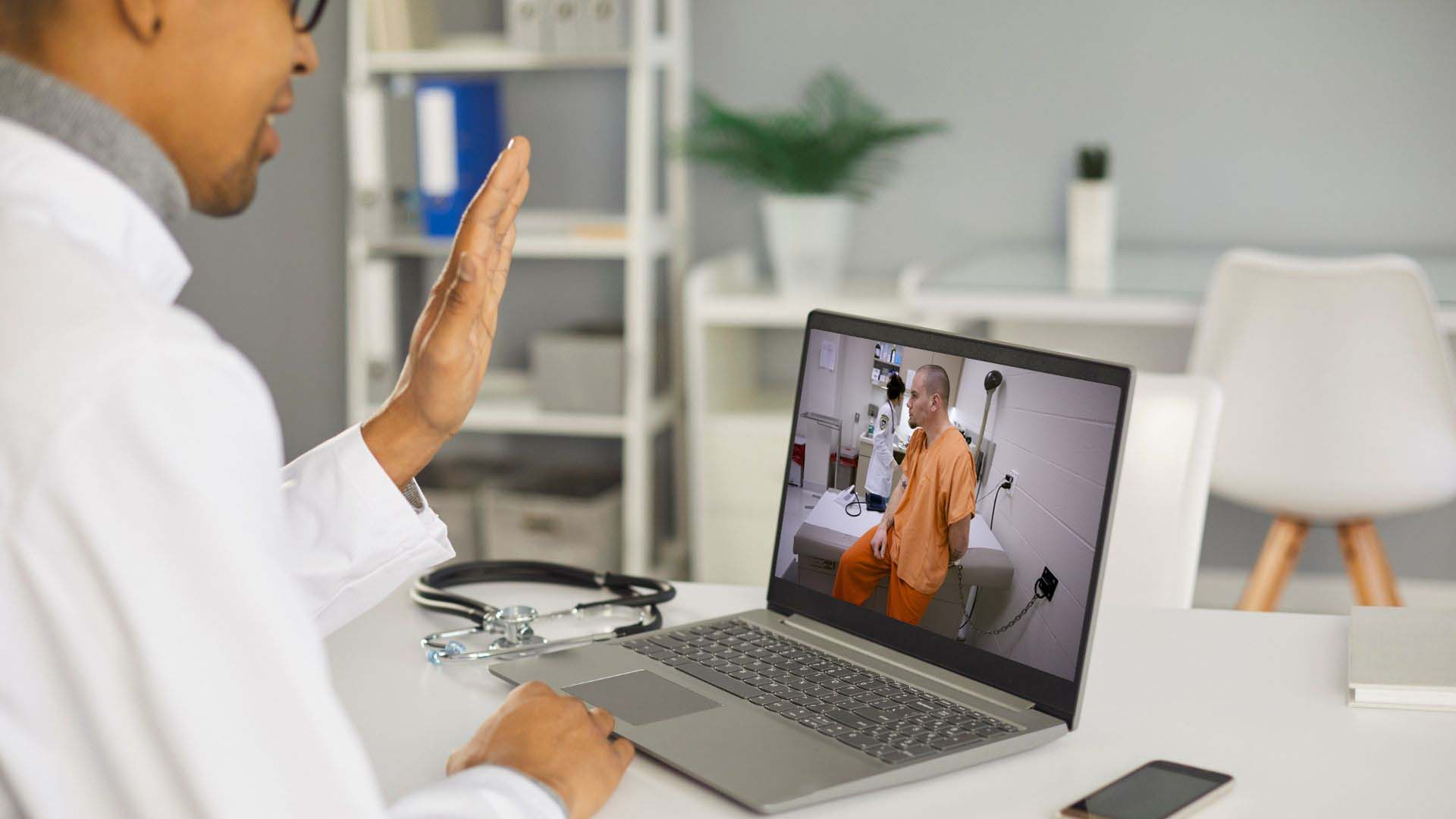While speed to adoption was driven primarily by the pandemic, providers now see the long-term value of keeping healthcare video conferencing as part of their core offerings. The good news is that operational processes and workflows for telemedicine are already in place and consumers have, for the most part, embraced it.
Close to 88% of Americans surveyed say they want to keep telehealth as an option for non-urgent care, and more than 85% say telemedicine has made it easier for them to get the care they need.
At VidyoHealth, we’ve seen firsthand the positive outcomes that can be derived from telemedicine video conferencing. Following are three case studies that outline just a few of those opportunities.
Benefits of Healthcare Video Conferencing

Improved communication
Virtual health technology can enhance the patient experience by enabling more effective communication and collaboration among the entire care team, along with patients and their families. This is especially important in behavioral healthcare.
The Ontario Telemedicine Network (OTN) leverages telemedicine video conferencing from VidyoHealth to deliver more than 200,000 patient consults each year. Dr. Christopher Sankey, Medical Director of the First Step Clinic in Toronto, uses the OTN system to provide opiate addiction counseling and treatment. He believes it is extremely effective, especially in settings where patients would otherwise have to travel a long distance to see a doctor. According to Sankey, “In the area of crisis counseling, urgent situations happen pretty often. Maybe it’s an addiction crisis or a relapse, or abuse—situations arise with patients where they need to see me immediately. With OTN’s solution, even though they are miles away from me, we can still have a face-to-face exchange and work through whatever issues have occurred.”
“OTN’s goal is to improve access to care for patients, to improve quality of care and to improve the efficiency of the healthcare system. As an organization we just want to make telemedicine simple; we want to make it part of everyday healthcare delivery in Ontario. Vidyo enables us to do that.” Dr. Ed Brown, CEO of OTN, VidyoHealth client and one of the largest telemedicine networks in the world.
Improved access to specialists
Forty-six million Americans live in rural areas, and one in four say there are times when they cannot access the care they need. This is a perfect opportunity for using telemedicine video conferencing to bring specialized care to patients regardless of their location.

This is a gamechanger for patients with acute healthcare needs that require consultations with specialists outside their community. Consider the case of Alexa, a young woman living in a rural California community who was suffering from calf pain and fever. Her blood pressure was severely low and she was beginning to experience organ failure. Fortunately, Sonoma Valley Hospital uses VidyoHealth for its telemedicine needs. With VidyoHealth, Sonoma had 24/7 access to an infectious disease specialist Javeed Siddiqui, MD, MPH, Chief Medical Officer at Telemed2U. Alexa was able to get an immediate virtual assessment from Dr. Siddiqui while she was in the ER. Based on information from his assessment, Dr. Siddiqui convinced the orthopedic surgeon on call and other specialists to take Alexa into the operating room where she was put in an induced coma so her body could heal. Because of their ability to collaborate in real time, the team at Sonoma was able to act quickly, which is critical in cases such as Alexa’s. Throughout her recovery, Alexa, her family, and the physicians at Sonoma remained in contact with Dr. Siddiqui.
“I believe that telemedicine actually helped save my life.” Alexa, patient of Sonoma Valley Hospital, a VidyoHealth client

Improved efficiency
Of the many benefits healthcare video conferencing offers, reducing length of stay is one of the most valuable—for both hospitals and patients.
Ochsner Health System uses VidyoHealth to conduct thousands of virtual care visits each year in telestroke, acute care, telepsychiatry, and with patients in their homes. According to Richard Zweifler, M.D., Ochsner’s system chair of neurology, VidyoHealth has enabled them to increase the number of virtual care visits they provide by more than 100%. Additionally, Ochsner was able to reduce its telepsychiatry patient length of stay in the emergency department by about 50%. “It’s quite amazing for physicians to be at the bedside within seconds where we can often gather medical history from the family members while the patient is getting a CT scan or something. So there’s a lot of work we can do to streamline the very time-sensitive evaluation,” Zweifler said. This was evident with a patient who had a stroke at age 36. The very active married mother of two young children was rushed to her local hospital and immediately had a digital health consult with an Ochsner neurologist. She said the virtual care contributed to “saving her future.”
With VidyoHealth, Ochsner was able to conduct 4,000 telemedicine visits in just 7 months, reduce ER length of stay by 50%, and increase telestroke evaluations by 100% over a two-year period.
Adaptability
One of the best aspects of telemedicine technology is that once it’s implemented, it can be applied in an endless number of ways—all customized to match the specific needs of each department or service area. For example, telemedicine video conferencing can be deployed for remote patient monitoring, dramatically improving clinical outcomes, while the emergency department may utilize it as a way to better triage patients to ensure the fastest, most appropriate care. And hospitals may also use it as a way to monitor post-discharge patients to help reduce complications and readmissions. It’s an investment that actually increases its return on investment over time and as use cases grow.
The Best Healthcare Video Conferencing Solution
These case studies are perfect examples of how telemedicine video conferencing can help organizations deliver better, more seamless experiences for both providers and patients. The question is: Will you be the next provider to see your patient care improve with our platform?

Recent Comments